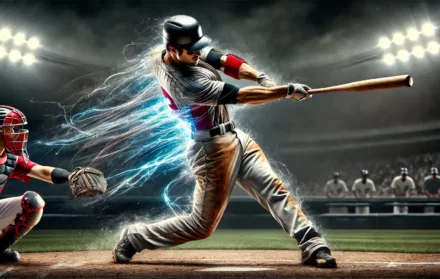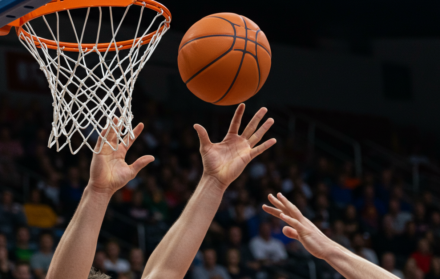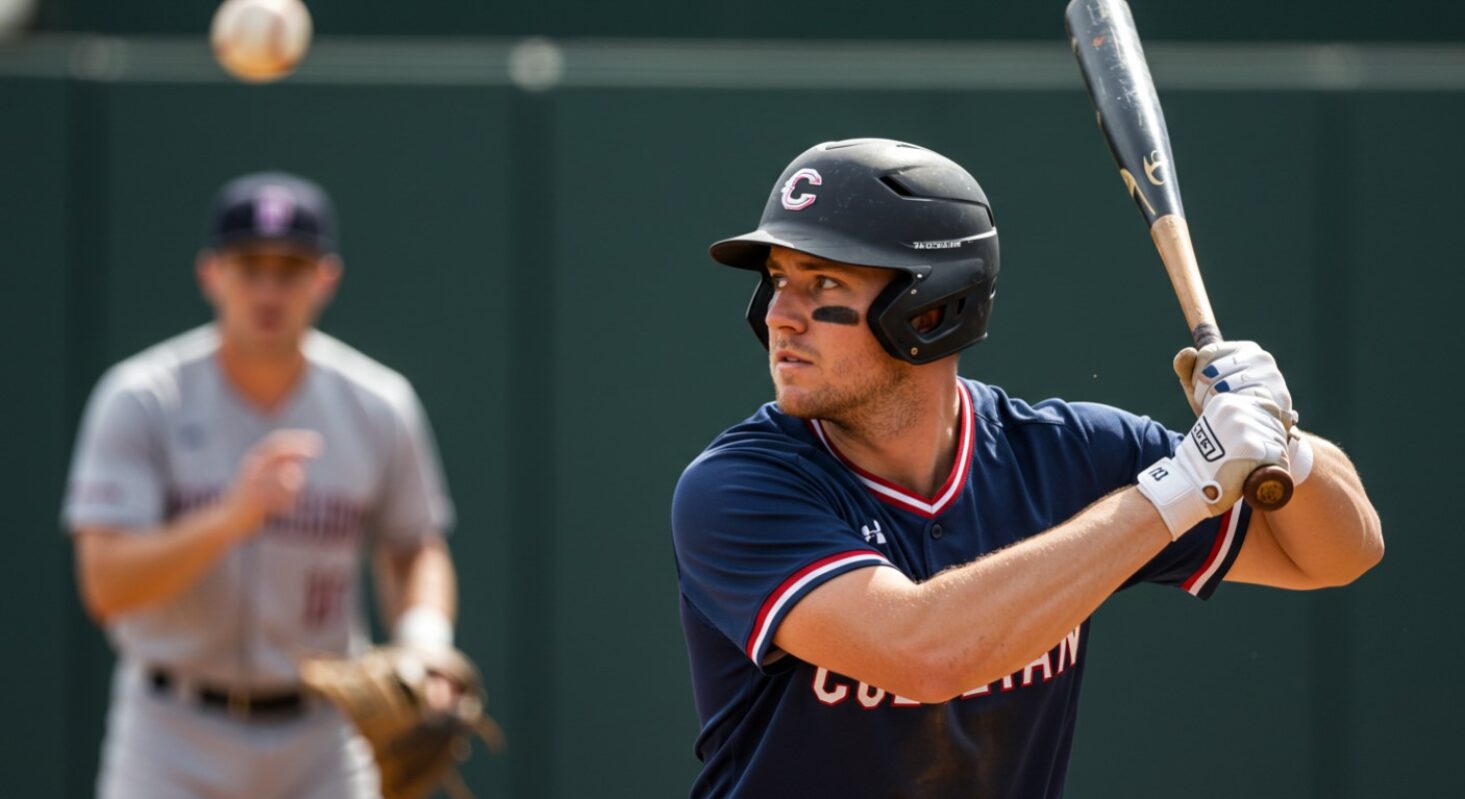
How to Hit Any Baseball Pitch Effectively
Hitting a baseball is often described as the most difficult skill in sports. A ball travelling at ninety miles per hour gives a batter less than half a second to decide whether to swing, where to place the bat, and how to adjust their body. It is not enough to be strong or to have quick hands. The key to consistent hitting lies in recognition — seeing the pitch early, processing the movement, and making a decision with confidence.
The best hitters in baseball are rarely those who simply swing the hardest. Instead, they are players who can study pitchers, recognise subtle cues, and anticipate what might be coming. They combine sharp eyesight with sharp thinking, allowing them to turn unpredictable pitches into opportunities.
This article explores how to hit any baseball pitch effectively. We will break down the most common pitch types, explain how to recognise them, highlight the mechanics of a reliable swing, and give practical tips on the mental and physical training required. By the end, you will understand how hitting is both an art and a science, and how to apply that knowledge in your own practice.
Understanding the Main Pitch Types
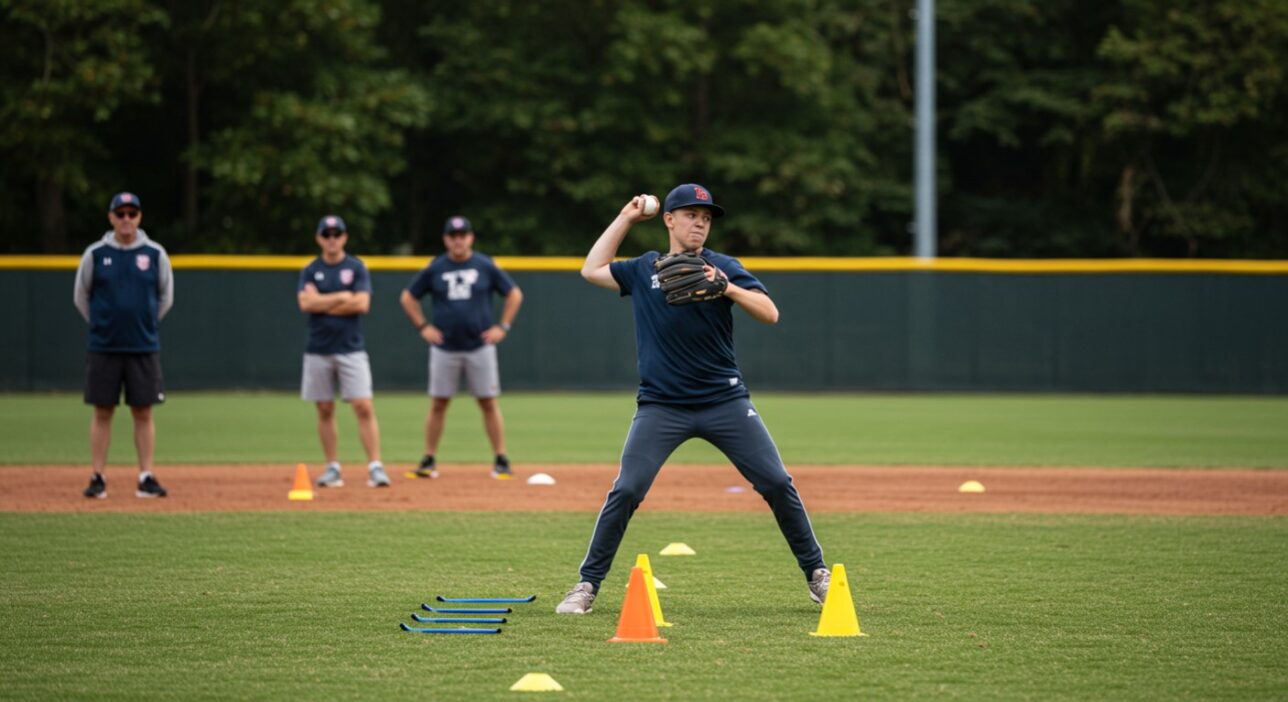
Before a batter can learn to hit, they must first know what they are facing. Pitches vary in speed, movement, and deception, and each one demands a different approach.
-
Fastball (four-seam, two-seam): The four-seam fastball is the foundation of pitching, thrown at maximum velocity with minimal movement. The two-seam version is slightly slower but sinks or tails, making it harder to barrel up. Recognising a fastball quickly is crucial since its speed challenges timing more than movement.
-
Curveball: Known for its dramatic downward break, the curveball forces hitters to adjust their swing plane. It is slower than a fastball, but its late drop often fools batters into swinging too early or over the top of the ball.
-
Slider: Somewhere between a fastball and a curve, the slider breaks laterally and downwards. It appears like a fastball out of the hand but veers away at the last moment, punishing hitters who commit too early.
-
Changeup: A deceptive pitch delivered with the same arm action as a fastball but at a slower speed. The purpose is to disrupt timing. Good changeups are indistinguishable until it is too late.
-
Cutter and Sinker: Both are fastball variations with subtle movement. A cutter runs toward the hitter’s hands, breaking bats if mistimed. A sinker drops sharply, ideal for inducing ground balls.
-
Knuckleball: The rarest and trickiest pitch. With almost no spin, it dances unpredictably, demanding patience and luck as much as skill.
Knowing these pitch types is the first step. The next is learning to identify them as early as possible.
How to Recognise Pitches Early
Recognising pitches is a skill honed over time. The earlier a batter can identify spin, speed, or release point, the better chance they have to adjust.
First, watch the pitcher’s grip and release point. Subtle differences in finger positioning or arm slot can hint at the pitch. Fastballs often come from a higher release, while breaking balls may appear from a slightly altered angle.
Second, learn to pick up the spin of the ball. Four-seam fastballs create a tight backspin with clear seams, while sliders and curveballs show more horizontal or forward spin. A changeup may appear to “float” compared to the sharp rotation of a fastball.
Third, sharpen eye discipline. The best hitters train to ignore balls outside the strike zone, which makes identifying hittable pitches easier. Drills can help:
-
Tracking pitches without swinging: Simply watch pitches into the catcher’s glove to study movement.
-
Coloured dot drills: Balls marked with different colours train recognition at speed.
-
Video analysis: Reviewing a pitcher’s tendencies helps anticipate patterns.
The ability to recognise pitches does not arrive overnight. It comes from thousands of repetitions and a conscious focus during practice and games.
Core Mechanics of a Good Swing
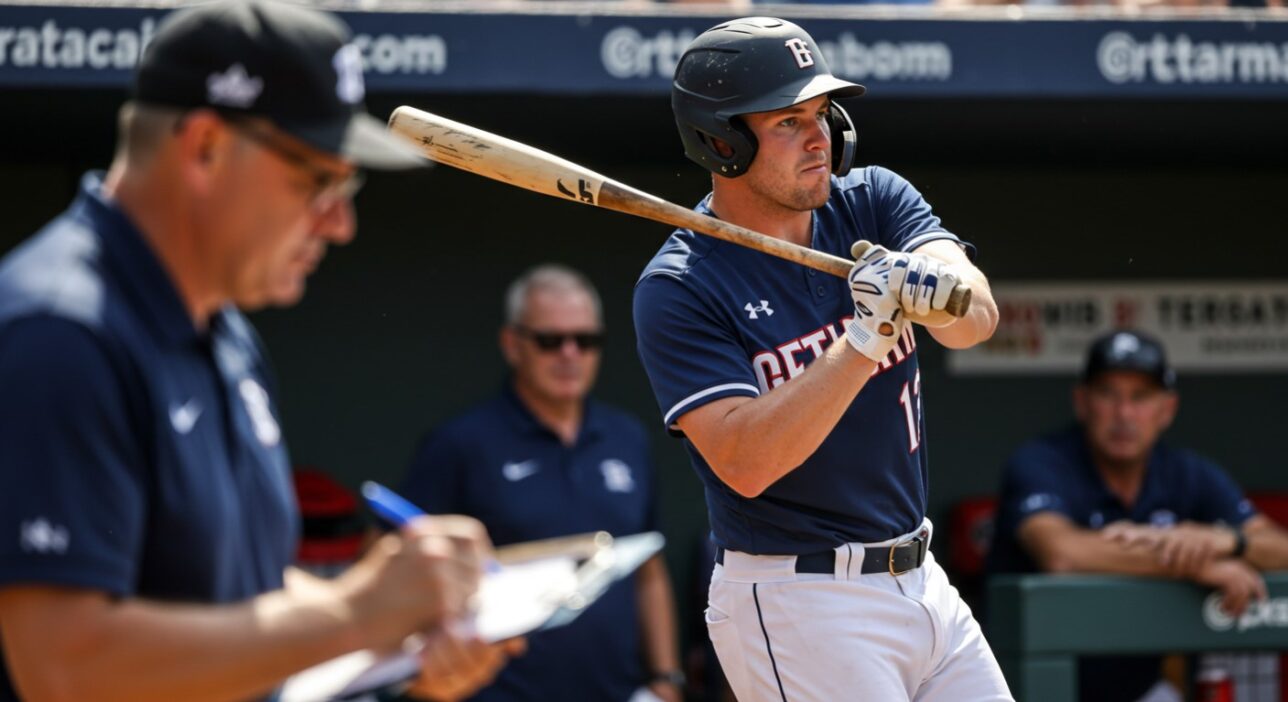
Recognition means nothing without the ability to execute. A mechanically sound swing gives hitters the consistency to handle any pitch.
Start with stance, grip, and balance. Feet should be shoulder-width apart, knees slightly bent, and weight balanced. The grip should be firm but not rigid, with hands relaxed to allow quick movement. Balance ensures that hitters can adjust mid-swing without losing control.
Next, focus on timing and rotation. The swing begins with the lower body. Hips and core initiate movement, transferring energy through the torso and into the bat. Proper sequencing ensures maximum bat speed at contact.
Finally, master the bat path. A level swing through the hitting zone gives the best chance of contact. Chopping down or upper-cutting excessively reduces the margin for error. Consistency is vital — the best hitters repeat their swing regardless of pitch, making only small adjustments.
Adjusting to Specific Pitches
Each pitch demands its own strategy. Here are the adjustments most hitters make:
-
Fastball: Stay short and quick. Be ready early, as velocity challenges reaction time. Focus on timing rather than over-swinging.
-
Curveball: Wait longer and adjust to the drop. Keep hands back and avoid lunging forward. Think of “tracking” the ball deeper before swinging.
-
Slider: Watch for late horizontal movement. Stay balanced and avoid chasing pitches that start in the strike zone but drift away.
-
Changeup: Do not be fooled by arm speed. Keep weight back and let the ball travel before committing.
-
Knuckleball: Simplify the swing. Make solid contact rather than aiming for power, since movement is unpredictable.
Good hitters know how to adapt quickly. They may look for fastballs in certain counts or anticipate breaking balls based on patterns. Flexibility and patience are as important as mechanics.
The Mental Side of Hitting
Hitting is as much psychological as physical. A batter who loses confidence is already beaten.
Confidence and patience help hitters trust their training and avoid chasing bad pitches. Every at-bat is a fresh opportunity; dwelling on mistakes clouds judgment.
Equally important is anticipation. Great hitters think ahead, asking: What did the pitcher throw last time? What might he try next? This chess-like mindset separates professionals from amateurs.
Finally, handling pressure counts is crucial. With two strikes, hitters must protect the plate, shortening their swing and widening their strike-zone coverage. The mental ability to stay calm defines clutch performers.
Drills to Improve Hitting All Pitches

Training must replicate game pressure and variety. Some of the most effective drills include:
-
Mixed-pitch practice: Coaches alternate fastballs, breaking balls, and off-speed pitches to train recognition and adjustment.
-
Two-strike drills: Hitters practise shortening their swing and focusing on contact.
-
Reaction training: Using tennis balls, coloured markers, or rapid-fire tosses to sharpen reflexes.
-
Soft toss with spin: Coaches add slight spin or deception, helping players adapt to unusual movements.
The aim of these drills is not perfection in practice but preparation for the unpredictability of games.
How Pros Train to Handle Any Pitch
Professional hitters prepare with a mix of physical drills, scouting reports, and in-game adjustments.
Before matches, they study pitchers’ tendencies: which pitches are thrown in certain counts, where they locate fastballs, and what breaking balls look like. During games, they adjust mid-at bat, often making small changes in stance or swing timing based on what they see.
Examples abound. Players like Mike Trout are praised not only for their raw talent but for their ability to adapt within a single at-bat, turning initial struggles into game-changing hits.
Common Mistakes Hitters Make
Many hitters struggle not because of lack of skill, but because of poor habits. Common mistakes include:
-
Guessing pitches instead of reacting with discipline.
-
Over-committing early, leaving no room for adjustment.
-
Chasing outside the zone, especially breaking balls low and away.
-
Over-swinging for power rather than prioritising contact.
Avoiding these errors requires patience, awareness, and disciplined practice.
Conclusion: How To Hit Any Baseball Pitch

Hitting any baseball pitch effectively is not about brute force. It requires a blend of recognition, sound mechanics, and mental resilience. Understanding pitch types, learning to recognise them early, and adapting both physically and mentally allows hitters to compete at any level.
There are no shortcuts. Improvement comes from consistent training, smart drills, and constant learning. In the end, the best hitters are those who adapt, not just react — and who see each pitch not as a threat, but as an opportunity.

